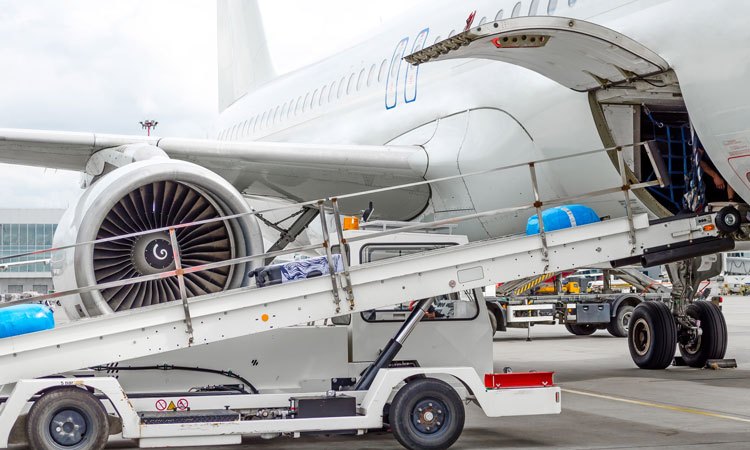Resolution 753, which introduced baggage tracking as a common industry capability, came into effect on 1 June 2018, but where is the industry today?
It has been a busy few years for baggage. Resolution 753, which introduced baggage tracking as a common industry capability, came into effect on 1 June 2018. The run up to its introduction involved a lot of work ensuring that airlines and airports were aware of the new tracking requirements. Not all airlines have implemented tracking, so where is the industry today? Andrew Price, Head of Global Baggage Operations at IATA, discusses.

Resolution 753
IATA has undertaken workshops and webinars to ensure that all members are aware of the requirements of Resolution 753 (R753). Many airlines are already sharing their implementation plans with IATA, and our recent airline survey showed that most airlines believe that the R753 implementation will be globally complete within three years.
Resolution 753 does not say how baggage tracking should be undertaken. This is because every airport’s business model is different, and therefore every implementation of R753 tracking points is slightly different. The principle behind the resolution is to give greater insight into the flow of baggage to the airline and allow operational issues to be addressed before they cause mishandled baggage. The basic tracking points in 753 are enough to satisfy several operational issues such as baggage not having time to connect and closing the baggage journey by having a final point of scan on arrivals. However, there is a need for greater visibility in the areas around the edges of the baggage systems such as at inputs and in processing areas.
The identification challenge
The obstacle to greater visibility in baggage operations is a lack of data on individual bags. The use of a barcode in baggage was both a great step forward and also a major impediment to baggage operations. The Interleaved 2 of 5 (ITF) format has no error correction, making scanning less accurate than it is with modern barcodes, like Code 128. Furthermore, scanning a barcode needs either expensive automatic barcode readers or the barcode to be manually scanned by an operator. The barcode format did however enable sortation to be developed.
Radio frequency identification
This is where radio frequency identification (RFID) comes in. Unlike barcodes, RFID does not need expensive readers or human intervention to read bags in any desired location. By using RFID, it becomes possible to gain visibility of baggage in other areas such as transfer, arrivals, RUSH and problem processing, and in out-of-system processes, which is where baggage is often mishandled.
The challenge with RFID implementation has always been that without the necessary infrastructure to read the tags and industry-wide commitment to investing in RFID technology, adoption was not necessarily commercially viable. This issue may be overcome if the airlines adopt an IATA resolution committing to industry-wide RFID adoption at the next IATA annual general meeting, in June 2019.
Many airports are already considering the use of RFID and the necessary infrastructure to read baggage labels. It is expected that a full transition to RFID would take three years.
more …
Source: Baggage handling: The secret life of luggage through the airport
